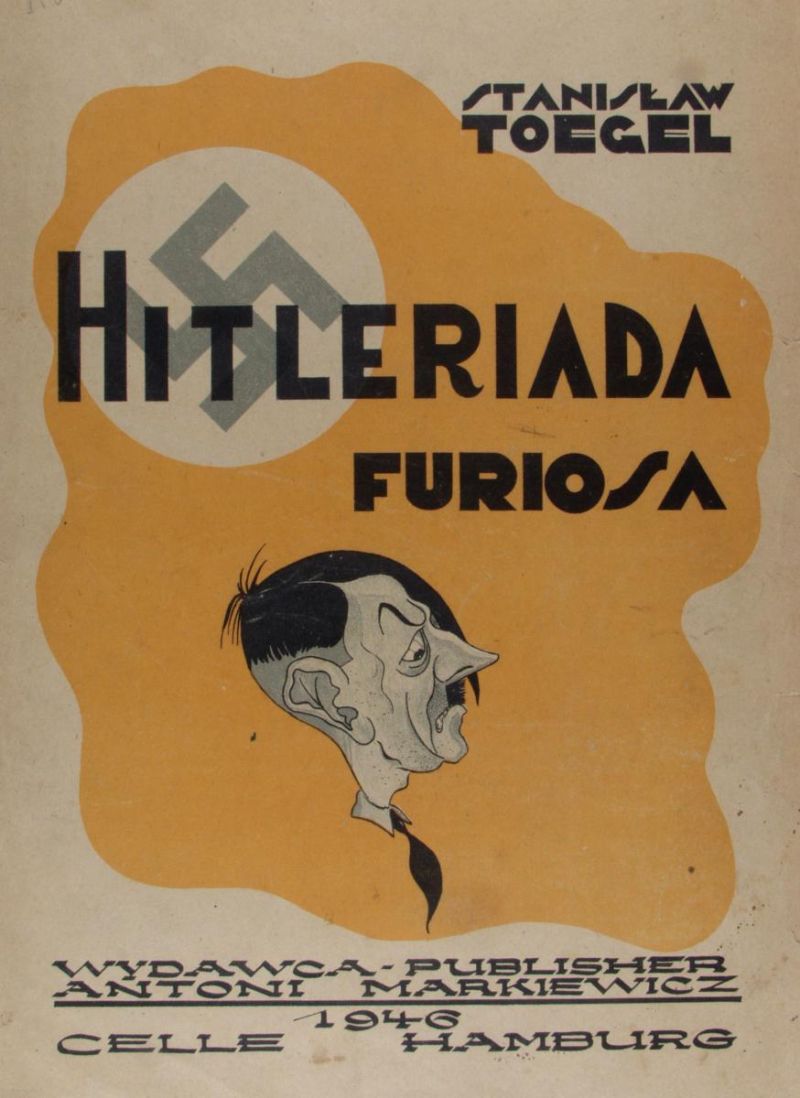Stanisław Toegel
Mediathek Sorted


![ill. 3: Camp newspaper „Słowo Polskie” [Polish Word] ill. 3: Camp newspaper „Słowo Polskie” [Polish Word] - Front page, No. 3, 1 September 1945, DP camp in Osnabrück.](/sites/default/files/styles/width_100_tiles/public/assets/images/3_lagerzeitung_1945.jpg?itok=mV-R5sE6)

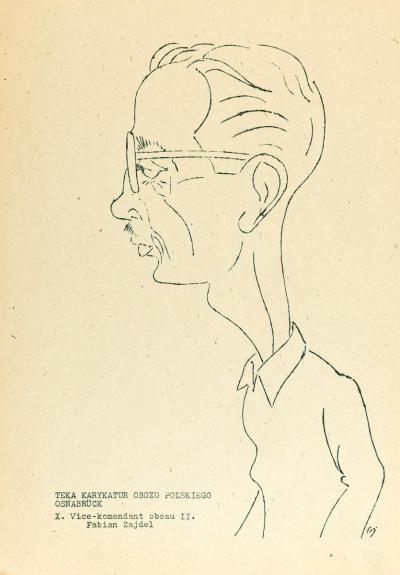
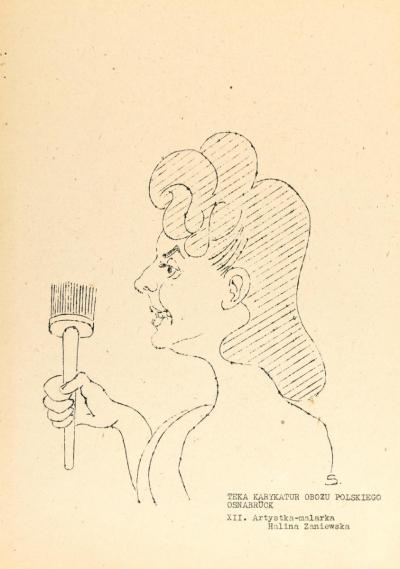
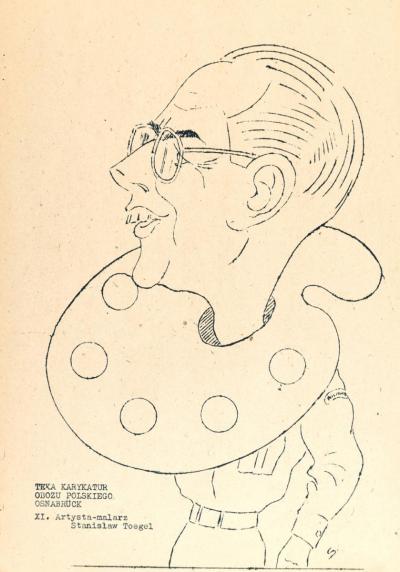
![ill. 8: Camp newspaper ‘Nasze Życie’ [Our Life] - Polish Weekly, no. 7, 21st February 1946, DP Camp Lippstadt. ill. 8: Camp newspaper ‘Nasze Życie’ [Our Life] - Polish Weekly, no. 7, 21st February 1946, DP Camp Lippstadt. - Title page with caricature, presumably of the British camp commander.](/sites/default/files/styles/width_100_tiles/public/assets/images/8_lagerzeitung_1946.jpg?itok=51rOVXDD)
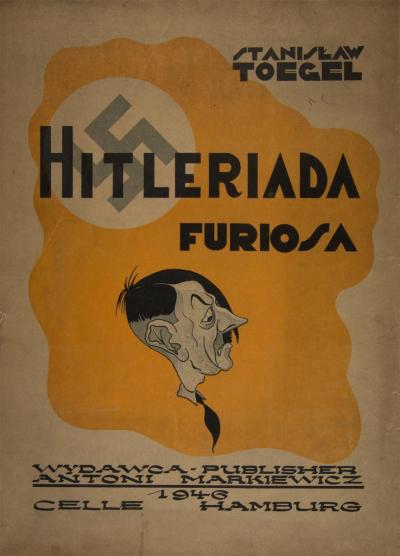

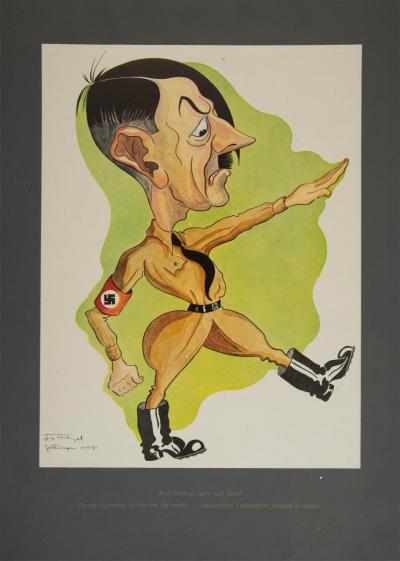
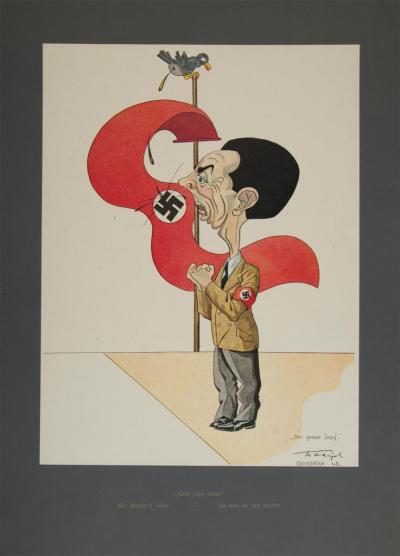
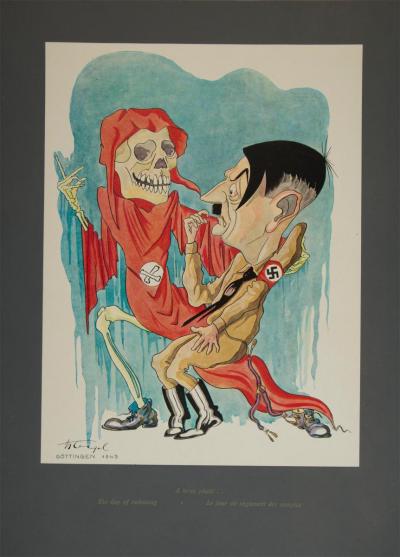

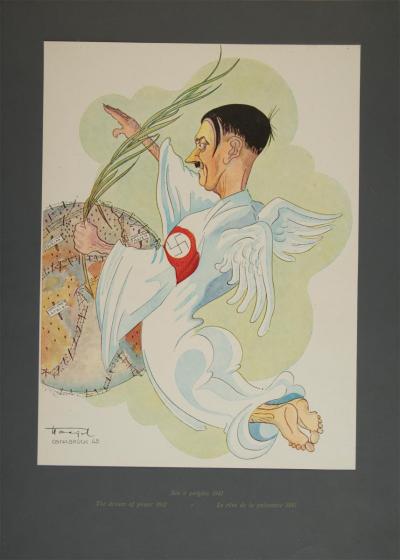
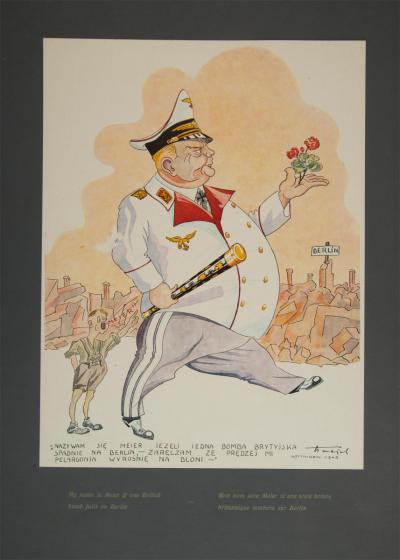
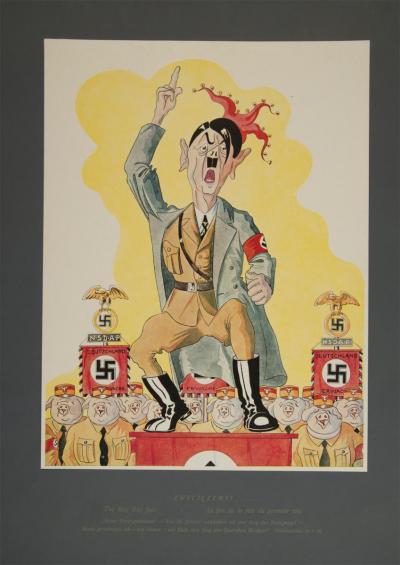
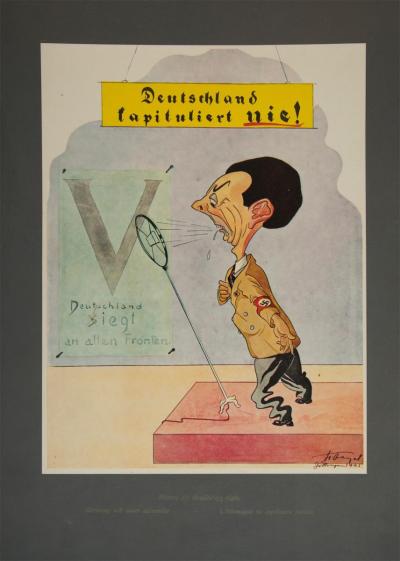
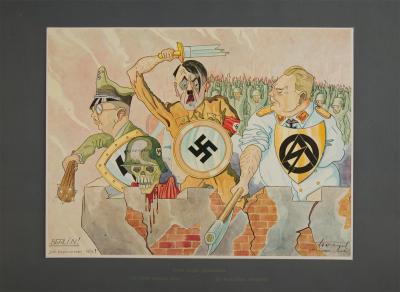


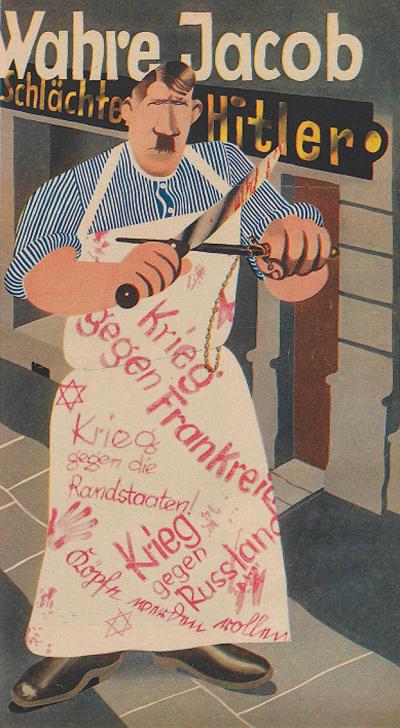
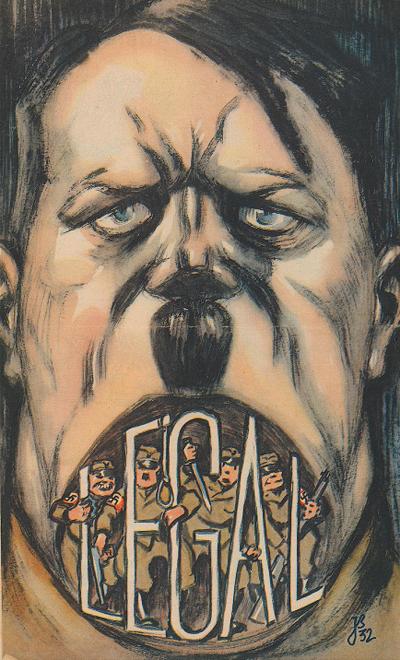
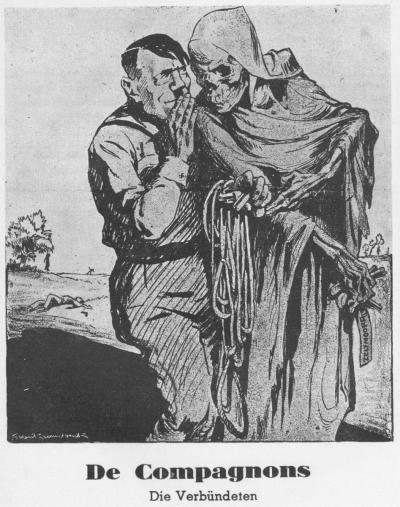

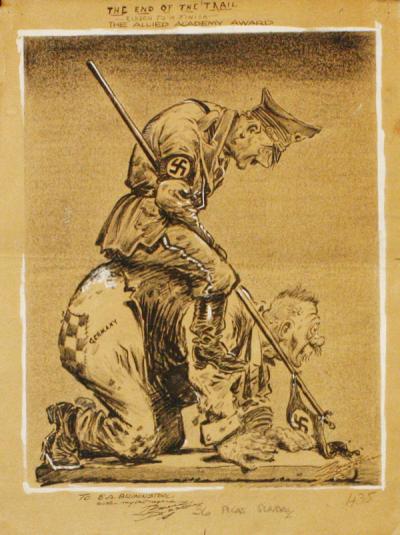
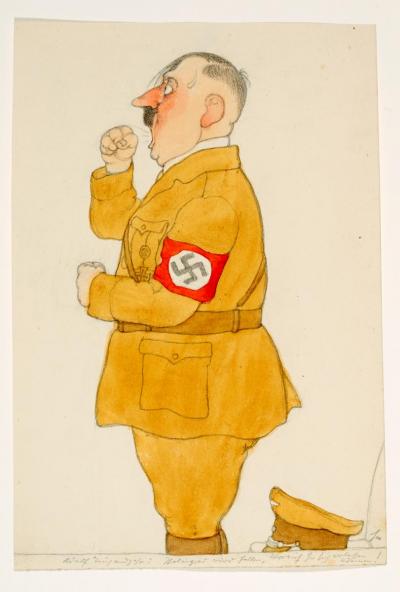
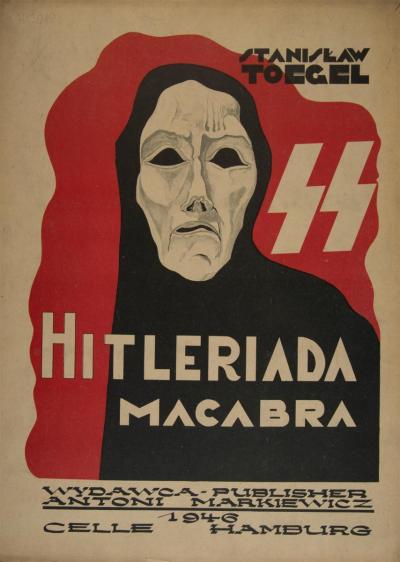

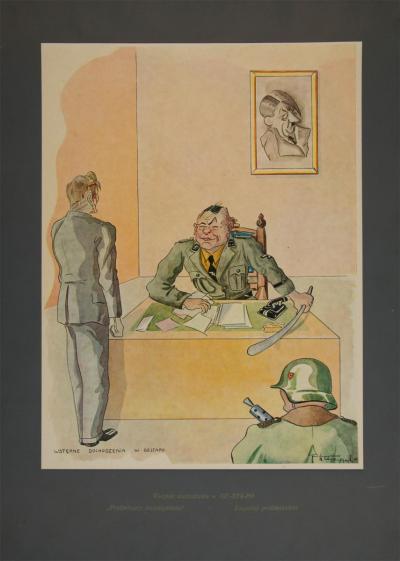
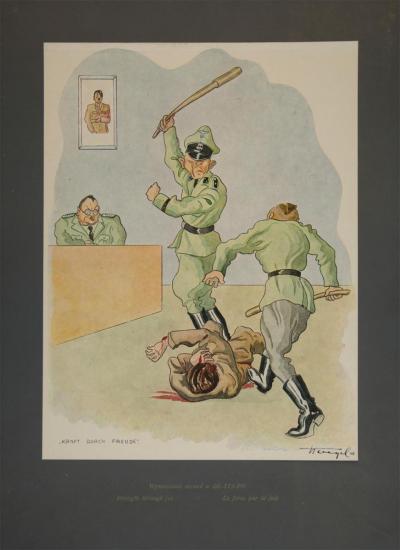
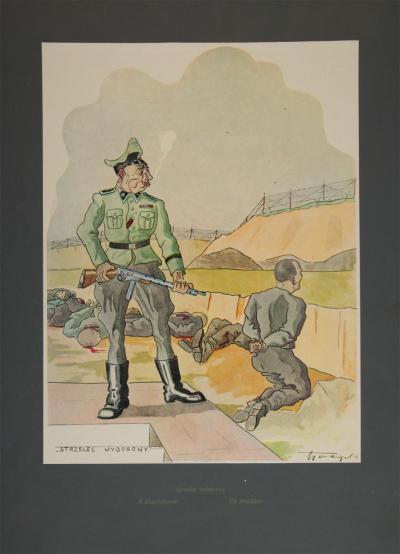
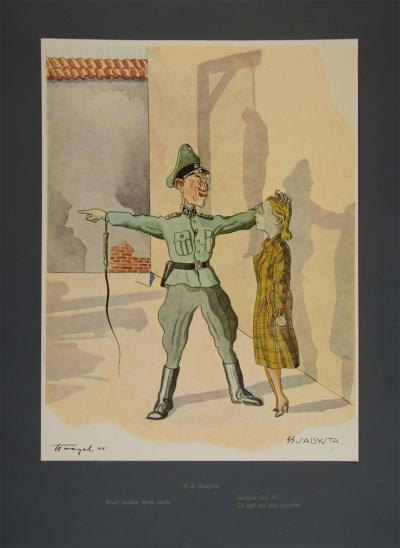
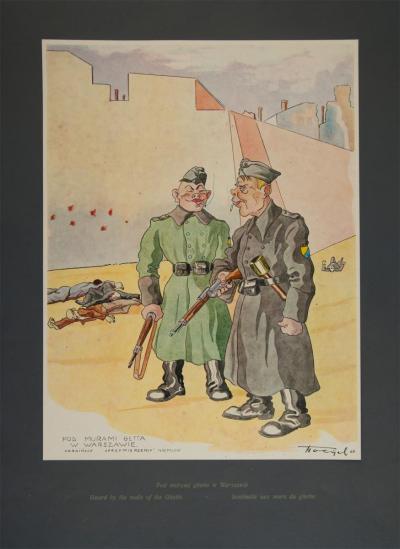
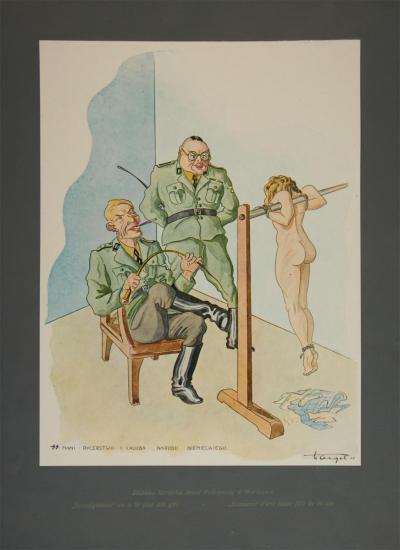
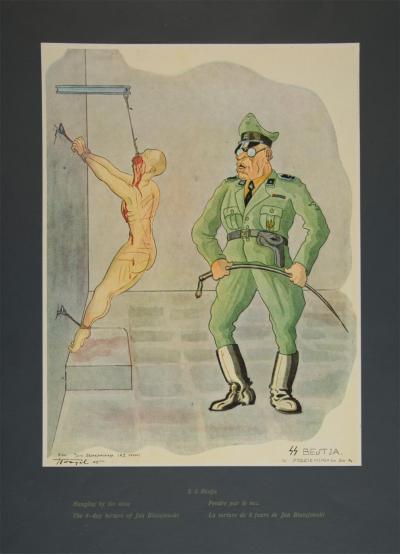
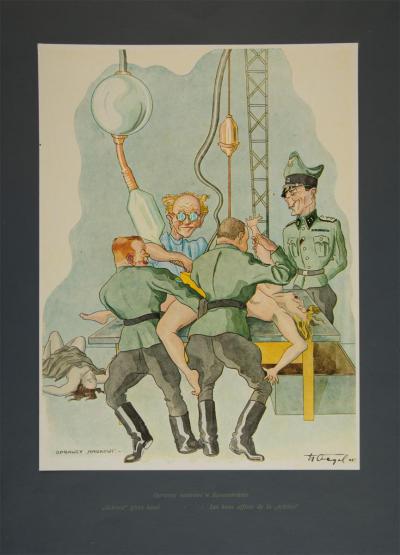
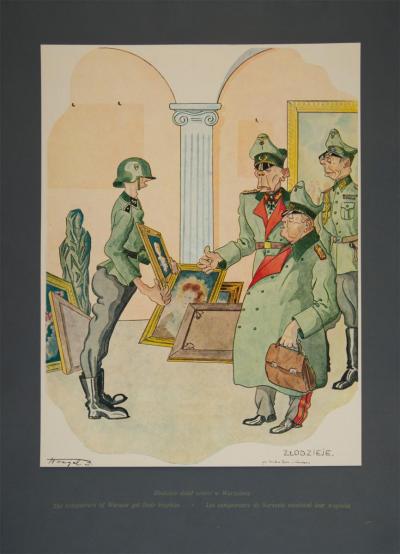
![ill. 11/1: Polski wojak na obczyźnie [The Polish soldier abroad] ill. 11/1: Polski wojak na obczyźnie [The Polish soldier abroad] - Cover. Published by Antoni Markiewicz, Celle 1946. Offset lithographs on dark grey passe-partout, 32.5 x 24.5 cm.](/sites/default/files/styles/width_100_tiles/public/assets/images/11_1_polski_wojak.jpg?itok=Ml04Vtju)
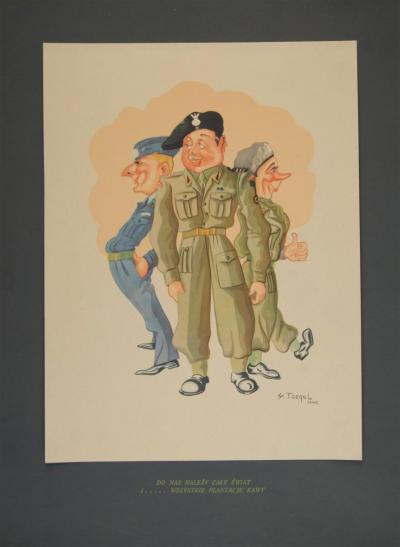

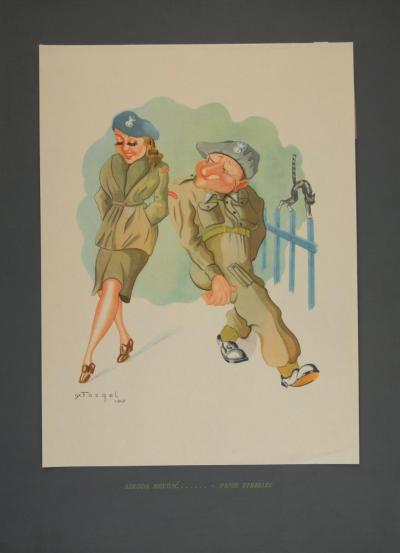
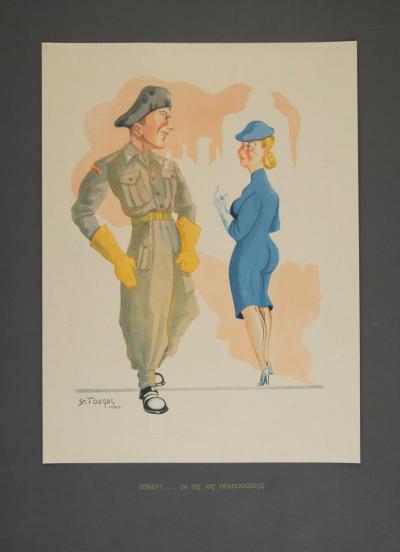
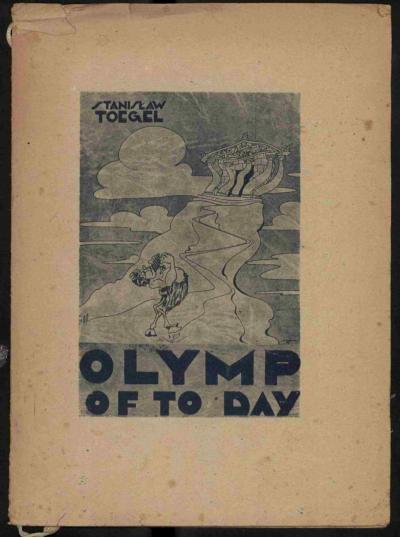
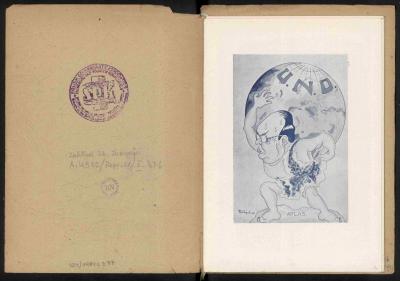
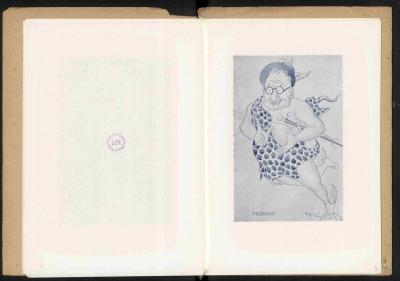
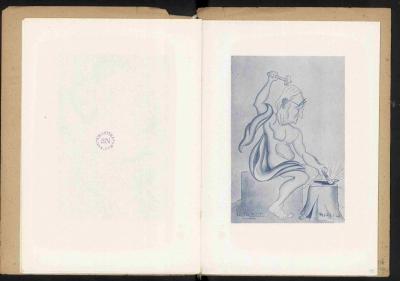

![ill. 14: Poster for the exhibition ‘Karykatury wojenne i polityczne’ [War and Political Caricatures] ill. 14: Poster for the exhibition ‘Karykatury wojenne i polityczne’ [War and Political Caricatures] - With posters by Stanisław Toegel in the Upper Silesian Museum in Bytom.](/sites/default/files/styles/width_100_tiles/public/assets/images/14_plakat_2015_bytom.jpg?itok=Oqh9ZRer)

Stanisław Toegel - Hörspiel von "COSMO Radio po polsku" auf Deutsch


![ill. 3: Camp newspaper „Słowo Polskie” [Polish Word] ill. 3: Camp newspaper „Słowo Polskie” [Polish Word] - Front page, No. 3, 1 September 1945, DP camp in Osnabrück.](/sites/default/files/styles/width_100_tiles/public/assets/images/3_lagerzeitung_1945.jpg?itok=mV-R5sE6)




![ill. 8: Camp newspaper ‘Nasze Życie’ [Our Life] - Polish Weekly, no. 7, 21st February 1946, DP Camp Lippstadt. ill. 8: Camp newspaper ‘Nasze Życie’ [Our Life] - Polish Weekly, no. 7, 21st February 1946, DP Camp Lippstadt. - Title page with caricature, presumably of the British camp commander.](/sites/default/files/styles/width_100_tiles/public/assets/images/8_lagerzeitung_1946.jpg?itok=51rOVXDD)






























![ill. 11/1: Polski wojak na obczyźnie [The Polish soldier abroad] ill. 11/1: Polski wojak na obczyźnie [The Polish soldier abroad] - Cover. Published by Antoni Markiewicz, Celle 1946. Offset lithographs on dark grey passe-partout, 32.5 x 24.5 cm.](/sites/default/files/styles/width_100_tiles/public/assets/images/11_1_polski_wojak.jpg?itok=Ml04Vtju)









![ill. 14: Poster for the exhibition ‘Karykatury wojenne i polityczne’ [War and Political Caricatures] ill. 14: Poster for the exhibition ‘Karykatury wojenne i polityczne’ [War and Political Caricatures] - With posters by Stanisław Toegel in the Upper Silesian Museum in Bytom.](/sites/default/files/styles/width_100_tiles/public/assets/images/14_plakat_2015_bytom.jpg?itok=Oqh9ZRer)
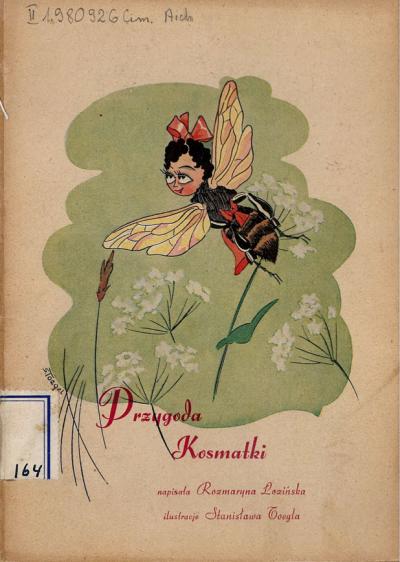



Stanisław Toegel was born on 20th August 1905 in Jaworów (today Jaworiw), 50 kilometres west of the regional capital, Lemberg. He studied law at the University of Lemberg and during this time he also made a name for himself as a caricaturist. Bogusław Bakuła, a literary scholar at the Institute for Polish Philology at the Adam Mickiewicz University in Poznań, reports that Toegel was an habitual visitor to the Lemberg bar Pod Gwiazdką (Engl. The Star), a regular meeting place for “leftish” Polish, Ukrainian and Jewish young people ”who were at more or less peaceful odds with the artistic authorities in Lemberg … Polish intellectuals like Karol Kuryluk and Stanisław Piętak from the circle around the Lemberg newspaper Sygnały, and Ukrainian literati with left-wing orientations like Jaroslav Halan and Stepan Tudor also frequented the bar. But there were also signs that the bar was a meeting place for activists from the banned Communist Party of West Ukraine and even perhaps for members of combat units.” According to Bakuła, Toegel drew some “wonderful caricatures of visitors to the bar that was always packed out because the owner was willing to put drinks on the slate.”
Toegel was a talented self-taught artist. That said, drawing caricatures was not uncommon amongst the bohemian circles of painters and writers. The walls in the Atlas restaurant where the Lemberg painters met up, and from which the “lefties” moved on to the Star, were full to bursting with caricatures and poems executed by the regular guests. During his time as a student in the mid 20s, Toegel wrote articles for the Lemberg newspapers Dziennik Polski and Kurjer Lwowski, which also published his first satirical drawings. In 1932 he published a folder with 16 printed caricatures in grey tones in an impressive 42 centimetre high format. They portrayed all the important politicians in the Second Polish Republic, including Ignacy Jan Paderewski, August Zaleski, Wincenty Witos and Roman Dmowski, as well as the two Generals Władysław Sikorski and Bolesław Wieniawa-Długoszewski. Beneath his caricature of Marshal Józef Piłsudski he wrote the word “ON” (Engl. “HIM”). Piłsudski had reigned in the background since 1926 and Toegel showed him sleeping with his marshal’s baton in his right hand on a black throne beneath which there is a tiny entrance to the Sejm, the Polish parliament (ill. 1).
Sometime during the 1930s Toegel moved to Warsaw with his wife Olga, to work for an insurance company. From the sparse information about his life, we know that he was a reserve officer in the September Campaign in 1939 when the Polish army fought to prevent the entry of the German forces into Poland. He was thrown into prison but managed to escape and went underground in Warsaw. Here he was active as a soldier in the Home Army (Armia Krajowa) where he allegedly took part in sabotage actions. In 1943 and 44 he drew biting caricatures of the Nazis for the underground press. In August 1944 he took part in the Warsaw Uprising and was once again thrown into prison by the Germans. After the rebels capitulated on 1st October 1944 he was deported to a camp for forced labourers presumably in the Göttingen suburb of-Weende, where Poles were interned. It is highly probably that he was a forced labourer in a paper factory, the Pergamentpapierfabrik Rube & Co, in Weende.
Toegel was clearly able to secrete some of the paper from the factory. “Brash sketches were rapidly made in a secret hiding […]. The notebook of a satirical reporter. The sketches circulated underground where they also fell into the hands of the Nazis who were now staring into the face of defeat.” Some of them, mostly caricatures of Adolf Hitler, Josef Goebbels, Heinrich Himmler and Hermann Göring (above all dealing with the arrogance and fall of the leading Nazis) were later part of the cycles of caricatures entitled “Hitleriada furiosa” and “Hitleriada macabra” dated “Göttingen 1945” (ill. 9/2, 9/3, 9/5, 9/8, 9/10, 9/11, 9/12, 10/2). A small heavily damaged sketch in Toegel’s estate in the Upper Silesian Museum in Bytom (Muzeum Górnośląskie w Bytomiu) is titled “Nazi Militia in Weende”“ (ill. 2).





















































































